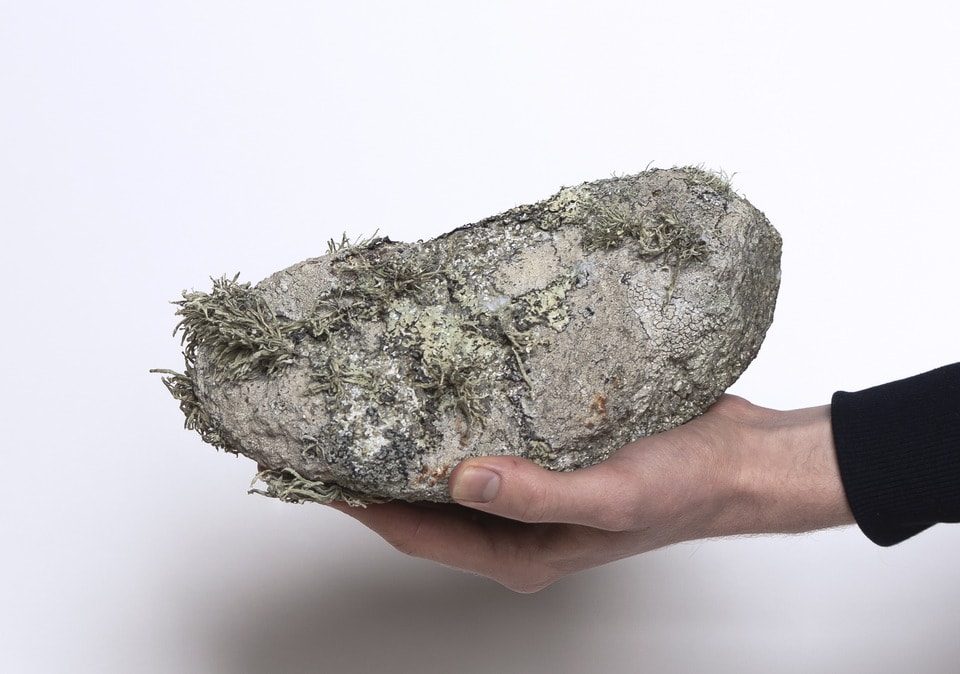My practise explores the value of physical labour - specifically the innate, immaterial, poetic faculty of making.
Felix Scobie


J I M M Y
view from the island
Jimmy - a Highlander turned Cornishman built three stone houses. He did so with the unwritten rules: not to move a stone twice and to never move a stone further than you have too. Jimmy built the first and last house within the granite moors of Land's End, with the loose moorstone that litters the lonely interior.
The project has aimed to narrate the poetic faculty gained in the participation of labour through an exploration of the memories of an individual. While simultaneously creating a portrait of a man called Jimmy in the Penwith landscape he inhabits. The project asks: Can an individual’s memory of making be abstracted within an archival landscape to view the value of labour?

A memory is not just a passive recording mechanism, information is broken down into shards of perception then stored as fragments – to be reviewed, abstracted, embellished and even entirely fabricated. This project is interested in the malleability of memory.
The narrativisation of the project stemmed from Jimmy’s own methods of recounting memories as well as from the context of Land’s End; An environment that is full of spoken legends and holds an atmosphere within the landscape that demands a lore. But the role of the narrative in itself is to act as a mediation between fact and fiction –a facilitator of quasi-truths.






From a Land’s End vantage point, a Domestic Episodic point views the value of labour across the moors to the stone houses. Leaving Gwelenys behind, an amalgamation of memories and stories are freed from their original context to frame views of Jimmy’s past labour.
These episodes in the landscape explore specific values of labour gained innately in the pursuit of making, using memories from Jimmy and the structure of Land’s End. The stones on the moor reference Jimmy’s rules for wall building at Trenow and are based on the importance of the connection between the material and the hand for the mind, when the head and the hand are separated it is the head that suffers. The Stranded Whales of the moors are typically either connected or have their context removed, normally too big to shift, here an equilibrium between body and stone is created, it can be said an individual can be humbled by the limitations of the body within this symbiotic relationship. The Guddle Spike, in the view to Kitty Noys marks the landscape, just as a stone layers mark the stones they work with as a declaration of existence gaining a sense of ownership, Jimmy too marked his initials into a whetstone and placed it into a wall. In order to frame these views, the episodes within the landscape distort and morph like that of one’s own memory.
Animation provided a method in which to orchestrate these quasi-truths, merging real scenes and objects with constructed fiction. Early vertical tests combined the footage I was able to capture on site with digitally and physically created environments and objects to create an altered and sometimes ambiguous landscape. Some animations of the landscape were devised from real descriptions of Penwith but digitally fabricated, focusing on environmental conditions and descriptions of light and shadows, in these examples, details are lost which is in reference to the abstraction of memories. Throughout the project animations slowly distort from reality to total fiction.